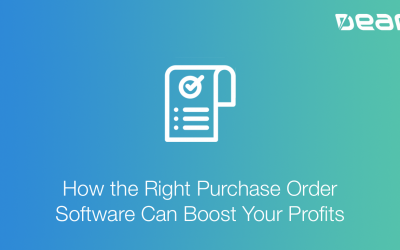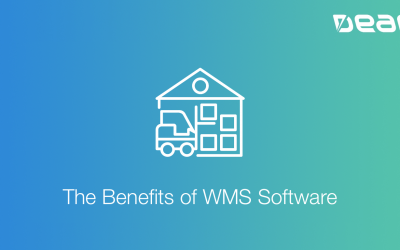Scale and automate every aspect of your business operations.
Leverage a comprehensive array of inventory management system software features designed to help you elevate, streamline and grow your business.

Unlock your full potential with inventory management features that drive efficiency across the business life cycle.
Holistic. Modern. Integrated. Adaptable. From manufacturing to ecommerce to fulfillment, these tools make business management easier than ever and enable you to focus your energy on the strategic work that helps your business thrive. It’s the future of inventory management software.
When your inventory and sales channels are integrated seamlessly, you can focus on building a truly global business. DEAR integrates with all major ecommerce and shipping platforms, equipping you with a simple, centralized inventory management system across all your sales channels.
Purchasing
Make smarter purchasing decisions, faster to stay ahead of the competition. Intuitive purchasing features save you time and effort by putting comprehensive purchasing insights – like supplier history and accurate costs – right at your fingertips.
Make smarter purchasing decisions, faster to stay ahead of the competition. Intuitive purchasing features save you time and effort by putting comprehensive purchasing insights – like supplier history and accurate costs – right at your fingertips.
Effective inventory management software can prevent major business headaches. Enjoy peace of mind with complete visibility into and control over stock levels, orders, and product movement. With DEAR, you’ll have full confidence that your inventory is right where it needs to be.
Automation is the name of the game in today’s business world. Save valuable time and money by automating manual or low-level processes in your inventory management system. Dedicate your resources to more rewarding work while vastly improving operational efficiency.
Expand your horizons with Point of Sale software that enables you to sell on multiple platforms with ease Take your storefront to the next level and boost sales by deploying intuitive software tailored to the needs of online businesses.
Track material and labour costs effortlessly throughout the production process. With clear insight into your manufacturing operations, you can maximize your budget, improve cost efficiency and optimize your pricing.
Capitalize on every opportunity with highly efficient and flexible sales functionality, your business will be ready to capitalise on every opportunity. From order tracking to split orders to drop shipment, sales-oriented inventory management system software features make it easier than ever to track, manage and optimize each stage of your sales process.
The less time you spend on manual accounting processes, the more time you have to focus on growing your business. Integrate your inventory management software seamlessly with accounting software market leaders Xero and Intuit for real-time insights into expenditure and profitability — and less time wasted on accounting paperwork.
Your warehouse is the beating heart of your business, which is why WMS is one of the most critical inventory management features. So equip your team with powerful Warehouse Management Software that helps you control your inventory, speed up order fulfillment and cut costs along the way.
Provide your B2B customers with an unmatched experience and save your team time in one fell swoop with an online portal that enables customers to automate and manage their own orders.
We Integrate With




Featured Customer Stories
96.5% of our clients would recommend our services to others

"DEAR enabled us to scale more efficiently. We have been able to automate a number of key processes, reducing manual error and time taken on admin; visibility of writebacks from our F&A and other."

"The first year we used DEAR, we concentrated on sales growth and saw an increase in our top-line revenue because of the extra insights it gave us."

“It’s mainly the inventory control side of things that we use day to day. We have heavily used it for order entry, purchasing, reporting and assemblies. They`re all pretty intuitive. It would be impossible to do this without DEAR."
From Our Blog
How the Right Purchase Order Software Can Boost Your Profits
Purchase order software or procurement software can automate several of your PO processes, reduce paperwork, make more efficient purchasing decisions, provide supplier insights and ultimately boost your profits no matter what industry you are in. However, it requires...
Read ArticleThe Benefits of WMS Software
So manual systems or inventory management software simply won’t cut it for efficient warehouse management. The good thing is, there’s a great solution already at your fingertips: WMS software.
Read Article5 Ways a Built-in Cloud ERP Payment System Increases Your Profit
"Money makes the world go round" isn't just a great line from Cabaret. It's also an incisive comment on the fact that to succeed, you must take money into account — especially in business. So when it comes to your...
Read ArticleAll Features Included.
Try DEAR for 14 days, completely free!













